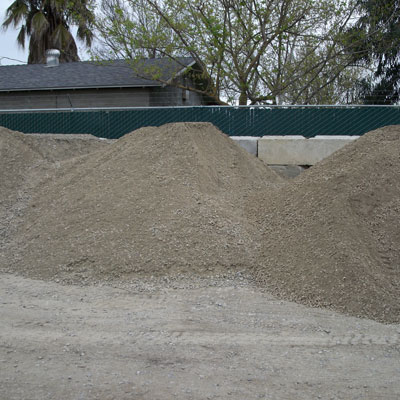What Is the Difference Between Concrete and Cement

Although concrete and cement have very similar properties, there are also a few notable differences between these two construction materials. Civil engineers and even the labour must understand these differences to solve construction problems effectively and efficiently. Concrete is one of the oldest and still the most widely used material of construction in the world. Every city or town has structures that are made up of these important building materials. It is cheap when compared to other types of construction materials. Studies have shown that it was used by the Romans as early as 100 BC.
Instructions
-
1
Essentially, it consists of admixtures, small and large aggregate particles and sand. When mixed in water, it forms into a thick paste that has physical characteristics similar to plastic. However, concrete can be shaped to meet the construction requirements. Concrete becomes hard on drying, which results from a chemical reaction called hydration. Depending on the conditions including temperature, type of cement used, volume of the pour and moisture levels, most concrete mixtures require 4 to 8 hours to harden.
-
2
Use of cement is not recommended in regions where temperature is normally below 20 degrees Celsius as the hydration process lowers considerably at cold temperatures. However, if the project managers are comfortable with using cement, they can go ahead and use cement in any climate conditions. Cement will continue to harden after the initial set.
-
3
Concrete requires higher quantities of ingredients and efforts to be built. Extensive procedures are required to manufacture and extract the concrete ingredients such as mining etc. The concrete buildings require constant attention and care during casting procedures otherwise there is the possibility that poor quality building structures might be produced.
-
4
The structures produced with concrete technology are found to be cracked at some point as a result of shrinkage during the drying out period. The low thermal conductivity of the material has made it less compatible method of construction in many cases. Intense heat has found to seriously damage the material of the building. When exposed to sea water/vapors the corrosion of concrete has been found as a common side effect. Concrete requires extensive time durations to be prepared and applied to give the final results. The material has high rate of hazardous emissions including NOx, COx and particulate matter. Thus its use is highly condemned by the UK environmental safety standard association.




